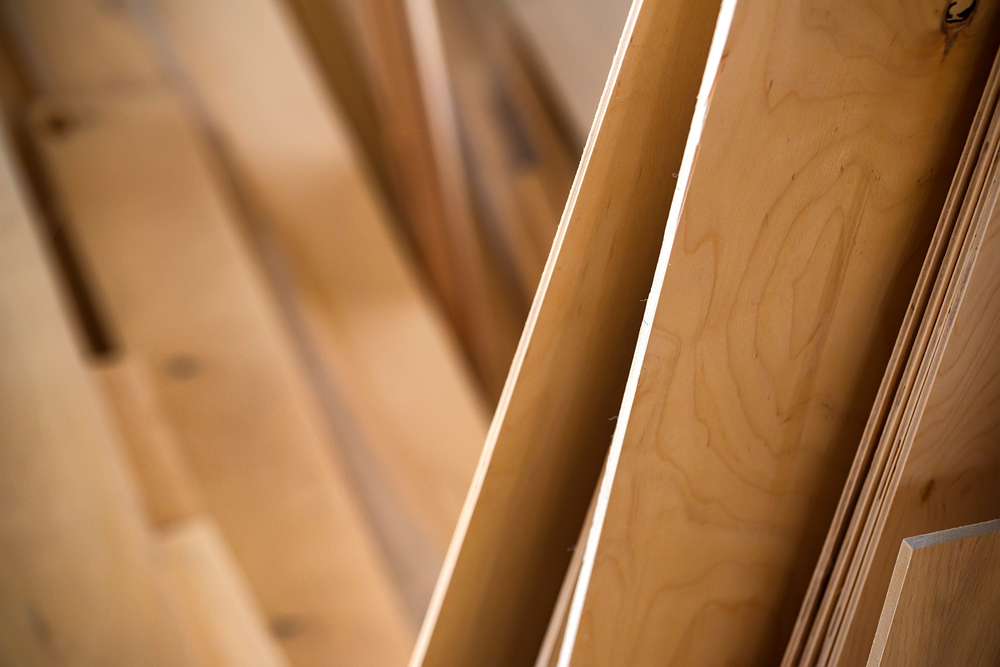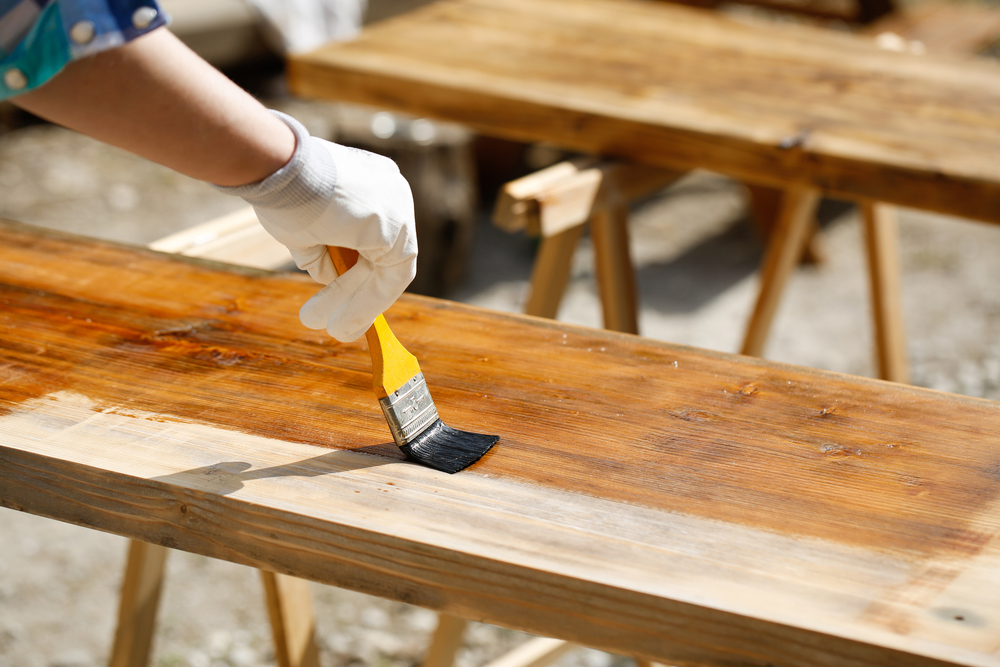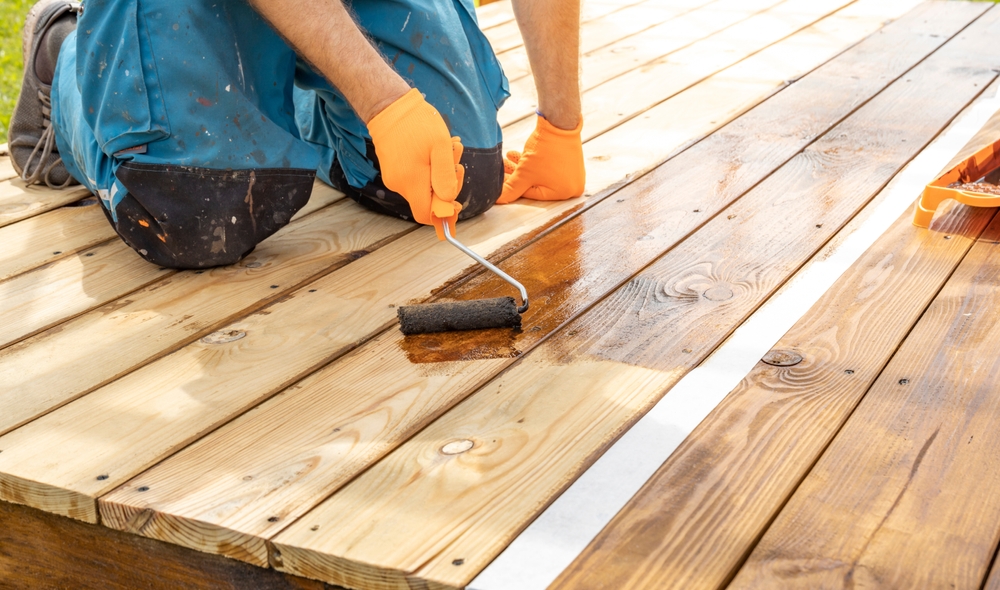Understanding Boiled Linseed Oil Finish
Boiled linseed oil is a popular finish for wood. It offers protection while enhancing the natural beauty of the wood. It’s favored by many woodworking enthusiasts for its straightforward application and pleasing results.
What is Boiled Linseed Oil?
Linseed oil comes from flax seeds. It’s one of the most common finishes in woodworking. The term boiled in boiled linseed oil is somewhat misleading. The oil isn’t literally boiled. Instead, it’s treated with chemicals to hasten its drying time. Raw linseed oil can take weeks to cure, but boiled linseed oil dries in a day or two.
Why Use Boiled Linseed Oil?
This oil enhances the grain and color of the wood with minimal effort. It’s easy to apply and makes scratches and dents less visible. Boiled linseed oil penetrates deep into wood fibers, providing a durable finish. It’s a versatile option that can be used on furniture, decks, and even wooden sporting equipment.
How to Apply Boiled Linseed Oil
- Start with a clean surface. Sand the wood to desired smoothness before applying the oil.
- Use a clean, lint-free cloth or a brush.
- Apply a generous amount in the direction of the wood grain.
- Allow the oil to penetrate for 15 to 30 minutes, then wipe off excess with a clean cloth.
- Let the first coat dry for 24 hours.
- For a deeper finish, apply additional coats following the same steps. Two to three coats are typically sufficient.
Safety Precautions
Care is necessary when working with boiled linseed oil. Store soaked rags and brushes in airtight containers filled with water. This prevents spontaneous combustion due to chemical reactions in the oil as it dries. Always work in a well-ventilated area and follow all safety instructions printed on the oil container.
Comparing with Other Finishes
Boiled linseed oil offers unique benefits over other finishes. Unlike polyurethane, it doesn’t leave a shiny plastic surface. Tung oil, another popular choice, is similar but generally takes longer to cure, and is often more expensive. Boiled linseed oil is a cost-effective, readily available option.
On the downside, it provides less resistance to heat and chemicals compared to some other finishes. It’s not ideal for surfaces that need high durability against spills and stains, like kitchen countertops.
Maintenance Tips
To retain its finish, regular maintenance is necessary. Periodically apply a thin coat to refresh the surface. Cleaning the wood with mild soap and water helps maintain the look. Always ensure the wood is dry before applying a new coat of oil.
Over time, the finish may darken, enhancing the wood’s natural character. This is not a defect but a characteristic of the oil finish. It adds a natural warmth and aged appearance to the wood.
Environmental Impact
The production process and use of linseed oil are environmentally friendly compared to synthetic finishes. It’s biodegradable and derived from renewable resources. However, the additives in boiled linseed oil can be pollutants, so it’s important to dispose of rags and leftover oil responsibly.
This nuanced understanding helps you choose the right wood finish for specific projects. Boiled linseed oil offers a classic look with practical benefits. When applied and maintained properly, it enhances wood surfaces in an eco-friendly way.






